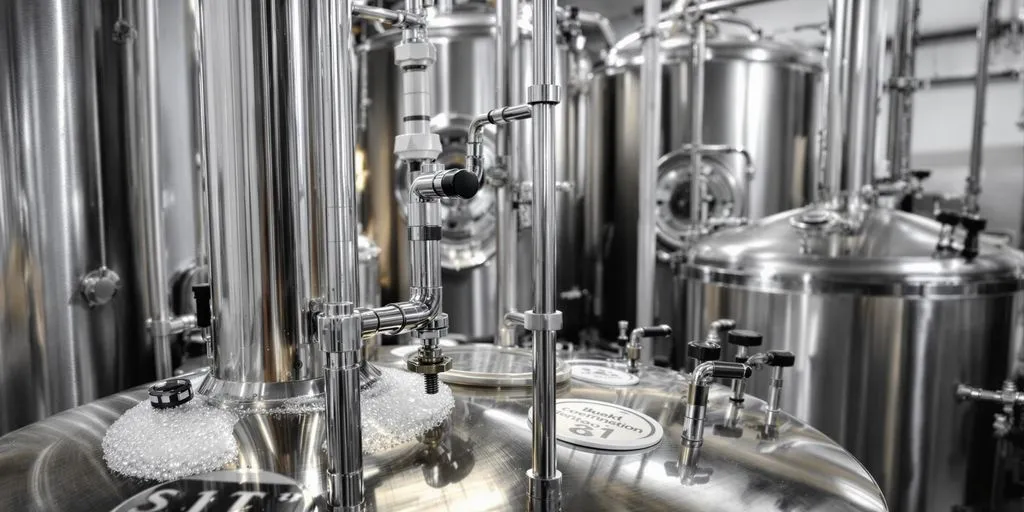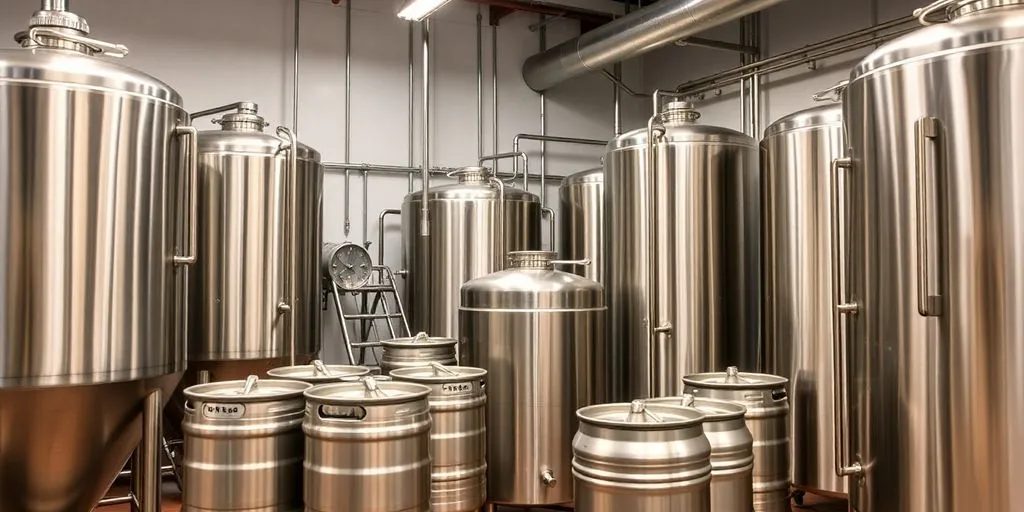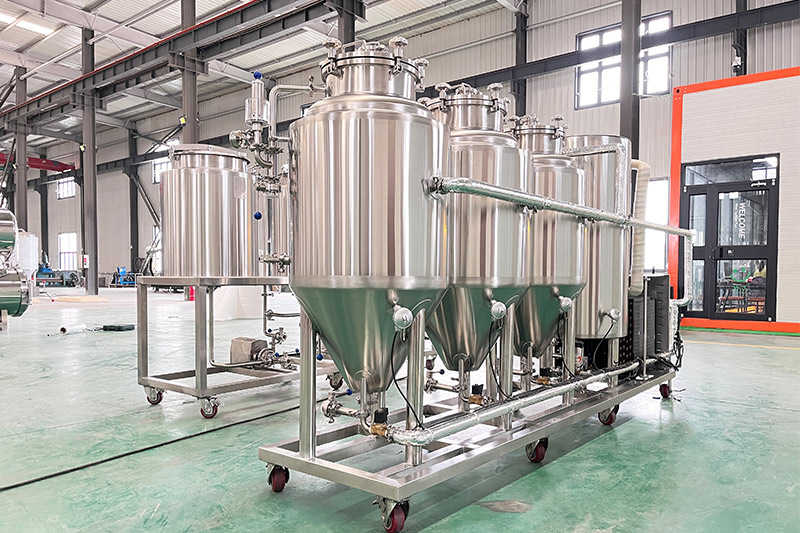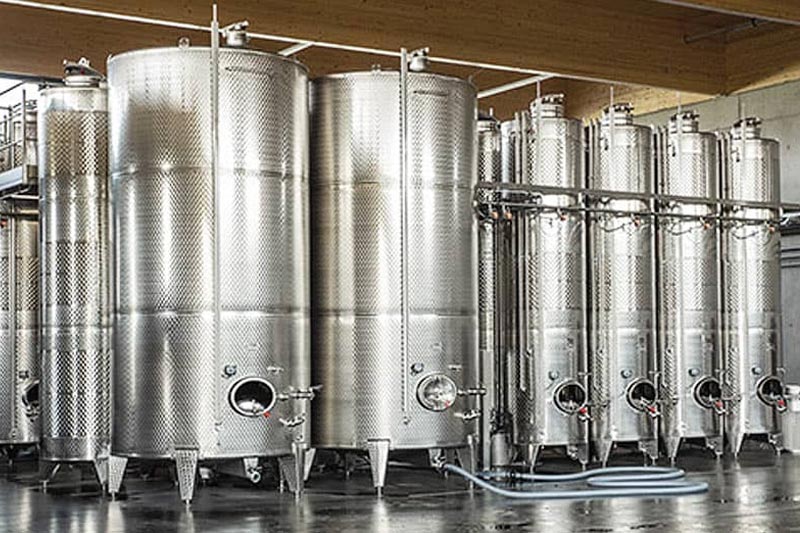If you’re passionate about beer and interested in the intricacies of how it’s served, this comprehensive guide on draft beer systems is for you. We’ll dive deep into the different types of draft beer systems, their components, and how they keep your beer cold and fresh from the keg to your glass. Whether you’re a bar owner, a homebrewing enthusiast, or just curious, read on to discover everything you need to know about draft beer dispensing.

What is a Draft Beer System?
A draft beer system is a setup used to dispense beer from a keg directly into a glass. It includes all the components that keep the beer cold, carbonated, and flowing smoothly. The system ensures that the beer maintains its quality from the keg to your glass.
Benefits of Using a Draft Beer System
- Freshness: Beer is kept at optimal conditions, preserving its taste.
- Cost-Effective: Reduces waste compared to bottled beer.
- Experience: Provides a better drinking experience with proper carbonation.
Types of Draft Beer Systems
Understanding the different types of draft beer systems is crucial for choosing the right setup for your needs.
1. Direct Draw System
- Description: The simplest form where the beer keg is stored directly beneath or near the beer faucet.
- Ideal For: Small bars or home use.
- Advantages:
- Easy to install and maintain.
- Keeps the beer cold due to proximity.
2. Air-Cooled System
- Description: Similar to the direct draw but uses an air cooling mechanism to keep the beer lines cold.
- Ideal For: Medium-sized venues where the distance between the keg and faucet is short.
- Advantages:
- Maintains beer temperature.
- Suitable for runs up to 25 feet.
3. Glycol-Cooled System (Long Draw System)
- Description: Uses a glycol chiller to keep the beer lines cold over long distances.
- Ideal For: Large bars and restaurants.
- Advantages:
- Allows placement of kegs away from serving area.
- Consistent beer temperature over long distances.
Learn more about Commercial Draft Beer Systems
Key Components of a Draft Beer System
Each draft beer system comprises several essential components working together.
1. Beer Keg
- Purpose: Holds the beer under pressure.
- Types: Various sizes, commonly half-barrel (15.5 gallons).
2. Keg Coupler
- Purpose: Connects the beer keg to the beer line, allowing beer to flow.
- Types: Different types (e.g., D-system, S-system) for different kegs.
3. Beer Lines
- Purpose: Tubing that carries beer from the keg to the faucet.
- Maintenance: Regular cleaning is crucial to keep beer fresh.
4. Gas Cylinder and Regulator
- Purpose: Supplies CO₂ or a gas blend to pressurize the keg.
- Function: Controls gas flow and pressure to maintain beer carbonation.
5. Beer Faucet (Tap)
- Purpose: Controls the flow of beer into the glass.
- Types: Standard taps, flow control taps, stout faucets.
6. Beer Tower or Tap Handle
- Purpose: Houses the beer faucets and provides aesthetic appeal.
- Customization: Can be branded or customized to enhance bar design.
Check out our Beer Dispensing Equipment
How Does a Draft Beer System Work?
Understanding how a draft beer system works helps in its operation and maintenance.
- Pressurization: A gas cylinder supplies CO₂ to the keg via the regulator.
- Beer Flow: The CO₂ pushes the beer from the keg through the beer line.
- Temperature Control: The beer remains cold as it travels through refrigerated lines or cooling systems.
- Dispensing: The beer reaches the beer faucet, where it’s poured into a glass.
Ensuring Quality
- Proper Pressure: Maintains carbonation and prevents foaming.
- Clean Lines: Keeps the beer tasting fresh.
- Temperature Maintenance: Cold beer is essential for taste and foam control.
Direct Draw vs. Long Draw Systems: What’s the Difference?
Choosing between a direct draw system and a long draw draft beer system depends on your setup.
Direct Draw System
- Setup: Kegs are stored close to the taps, usually beneath the bar.
- Pros:
- Simpler installation.
- Easier maintenance.
- Cons:
- Limited keg storage space.
- Not ideal for multiple beer varieties.
Long Draw System (Glycol-Cooled)
- Setup: Kegs are stored away from the serving area, and beer travels through long lines cooled by glycol.
- Pros:
- Frees up bar space.
- Allows for a greater number of taps.
- Cons:
- More complex installation.
- Higher maintenance requirements.
Explore our Beer Brewing Systems

Importance of Keeping Beer Lines Clean
Keeping the beer lines clean is crucial for beer quality.
Effects of Dirty Lines
- Taste Alteration: Buildup can impart off-flavors.
- Foaming Issues: Residue can cause excessive foam.
- Bacterial Growth: Can lead to health hazards.
Cleaning Routine
- Frequency: Every two weeks is recommended.
- Process:
- Disconnect keg and remove faucet.
- Run cleaning solution through the lines.
- Rinse thoroughly with water.
Choosing the Right Keg Coupler
Not all kegs are the same, and neither are keg couplers.
Common Types
- D-System: Most common in the US.
- S-System: Used for certain European beers.
- Other Systems: A, G, U systems for various international beers.
Selection Tips
- Know Your Beer: Determine the coupler based on the beer you’re serving.
- Quality Matters: Invest in durable couplers to prevent leaks.
Discover our Keg Filling Machines for efficient operations.
Maintaining the Integrity of the Beer
Quality control ensures that the beer’s taste remains as intended by the brewer.
Key Factors
- Temperature: Keep the beer at a consistent temperature (38°F or 3°C is standard).
- Pressure: Adjust CO₂ pressure according to the beer type.
- Avoid Agitation: Handle kegs gently to prevent foaming.
Benefits
- Customer Satisfaction: Serves beer at its best quality.
- Cost Efficiency: Reduces waste from spoiled or foamy beer.
Common Issues and Troubleshooting
Even with the best equipment, issues can arise.
Excessive Foam
- Causes:
- Incorrect temperature.
- Dirty beer lines.
- Improper pressure settings.
- Solutions:
- Check and adjust temperature and pressure.
- Clean the system regularly.
Beer Not Flowing
- Causes:
- Empty keg.
- Obstructed lines.
- Faulty coupler.
- Solutions:
- Replace the keg.
- Inspect and clear any blockages.
- Ensure the coupler is functioning.
Off-Flavors
- Causes:
- Contaminated lines.
- Beer past its prime.
- Solutions:
- Clean lines thoroughly.
- Rotate stock to use older kegs first.

Why Invest in Quality Draft Beer Equipment?
Investing in high-quality draft beer equipment from reputable manufacturers like us ensures:
- Durability: Equipment that stands the test of time.
- Efficiency: Smooth operations with minimal downtime.
- Support: Access to expert advice and customer service.
Our draft beer equipment manufacturing plants produce top-of-the-line products designed to meet your specific needs.
Contact us to learn more about customizing your draft beer system.
Frequently Asked Questions
The ideal temperature is 38°F (3°C). This keeps the beer cold enough for optimal taste and carbonation.
It’s recommended to clean the system every two weeks to prevent buildup and maintain beer quality.
CO₂ is commonly used. For certain beers, a gas blend of CO₂ and nitrogen may be necessary.
Identify the type of keg you’re using and select a coupler compatible with it. Consult with your beer supplier if unsure.
Common causes include incorrect temperature, improper pressure, or dirty lines. Check these factors to troubleshoot.
Key Takeaways
- Draft Beer Systems are essential for serving fresh, quality beer from kegs.
- Types of Systems include direct draw, air-cooled, and glycol-cooled systems.
- Components like the keg, coupler, beer lines, and faucet all play crucial roles.
- Maintenance is vital for beer quality; keep lines clean and equipment in good condition.
- Investing in Quality Equipment ensures durability, efficiency, and better-tasting beer.
Ready to enhance your beer dispensing setup?
Discover our range of premium Draft Beer Equipment tailored to your needs.
Explore our Draft Beer Equipment and Contact Us today!

